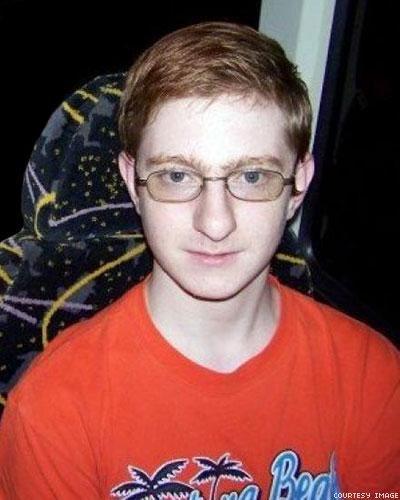Why Tyler Clementi’s Death is a Hate Crime
 |
| Tyler Clementi, a gay college student, committed suicide by jumping off the George Washington Bridge. |
The Case of Tyler Clementi
According to the Massachusetts Youth Risk Survey, lesbian, gay, and bisexual youth are up to four times more likely to attempt suicide than their heterosexual peers. Why is that? What makes being gay harder to deal with, then say, being too tall or too short, or too wide or too shy? What makes “being gay” a driving force for a young person to end their own life? Hearing the story of Tyler Clementi, a Rutgers University student who jumped off the George Washington Bridge because his roommate broadcast a video of him kissing another guy, my first reaction is to think homophobia kills gay kids. Hate kills. Tyler’s death was driven by the same hatred that killed Matthew Sheppard. I say hatred because hatred is the only human emotion that I know of that actively and forcefully seeks to expel another person outside of the human circle. Tyler Clementi’s death is a hate crime because he was punished for being openly gay in the internal forum. If this is the case, then, Gay Rights has still far more reaching activism to spread.
An objection can be made, of course, that Dharun Ravi (with the help of Molly Wei) was not driven by hate when he chose to broadcast to the world his room mate’s private life to the world. People who use this argument miss the point. The intention of the perpetrators, in this case, does not wipe away what happened. Only a deep-seated feeling of hatred drives a person to end his own life out of shame. Tyler Clementi’s wall post on Facebook captures his shame: “"jumping off the gw bridge, sorry." The statement feels like a self-indictment and an apology for his own actions. The question of whether it is legitimate shame or not is a moot point. It is the same argument the bully uses. “I did not mean it.” Does it matter if the bully means what he says if the person bullied is obviously affected? If not, then these cases would be called mere pranks or pallor games. Dharun Ravi and Molly Wei’s action go beyond bullying because the actions extend beyond face-to-face harassment and into the broader social sphere.





